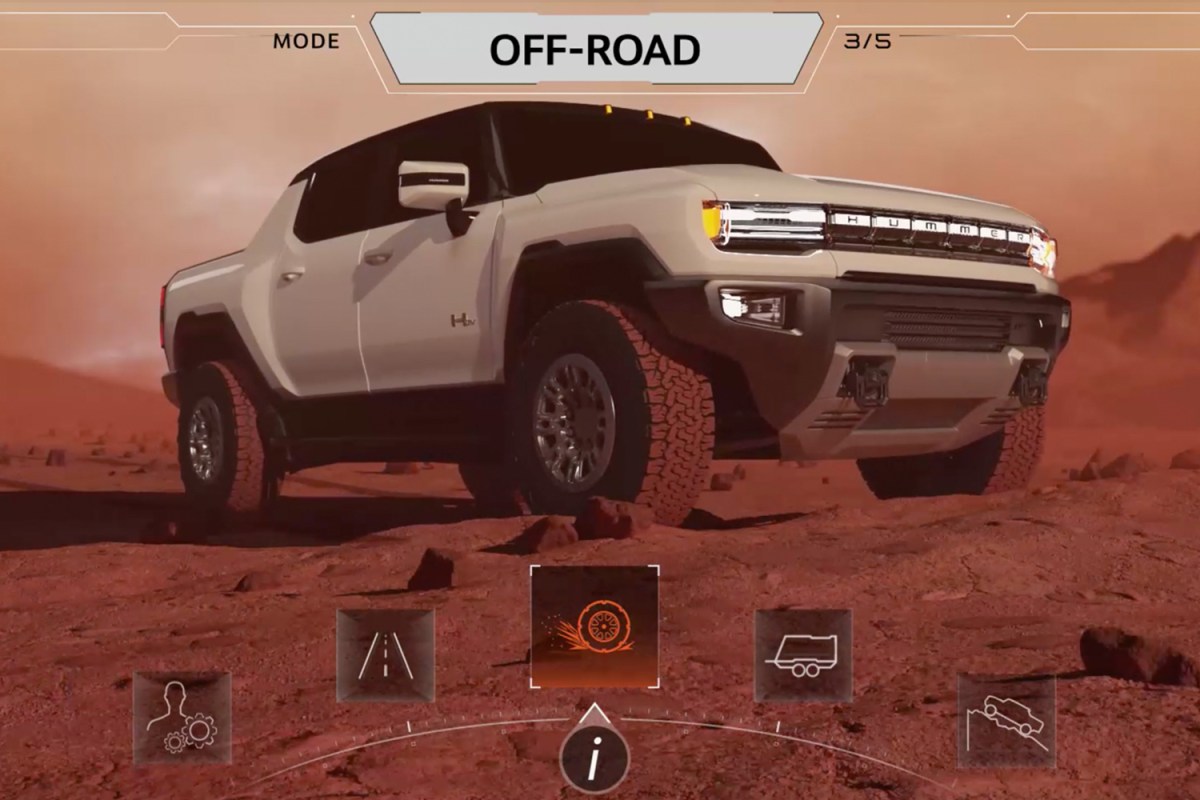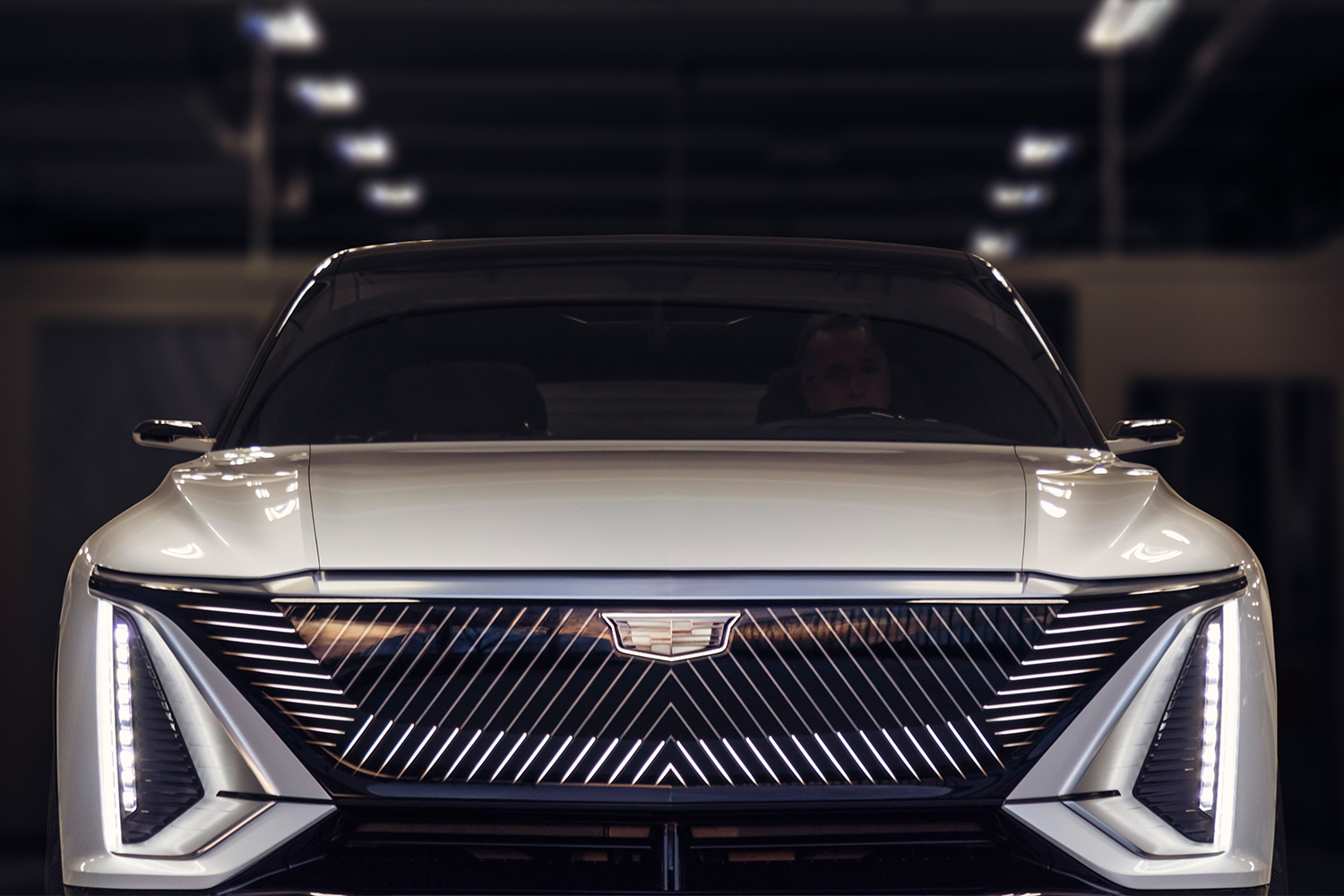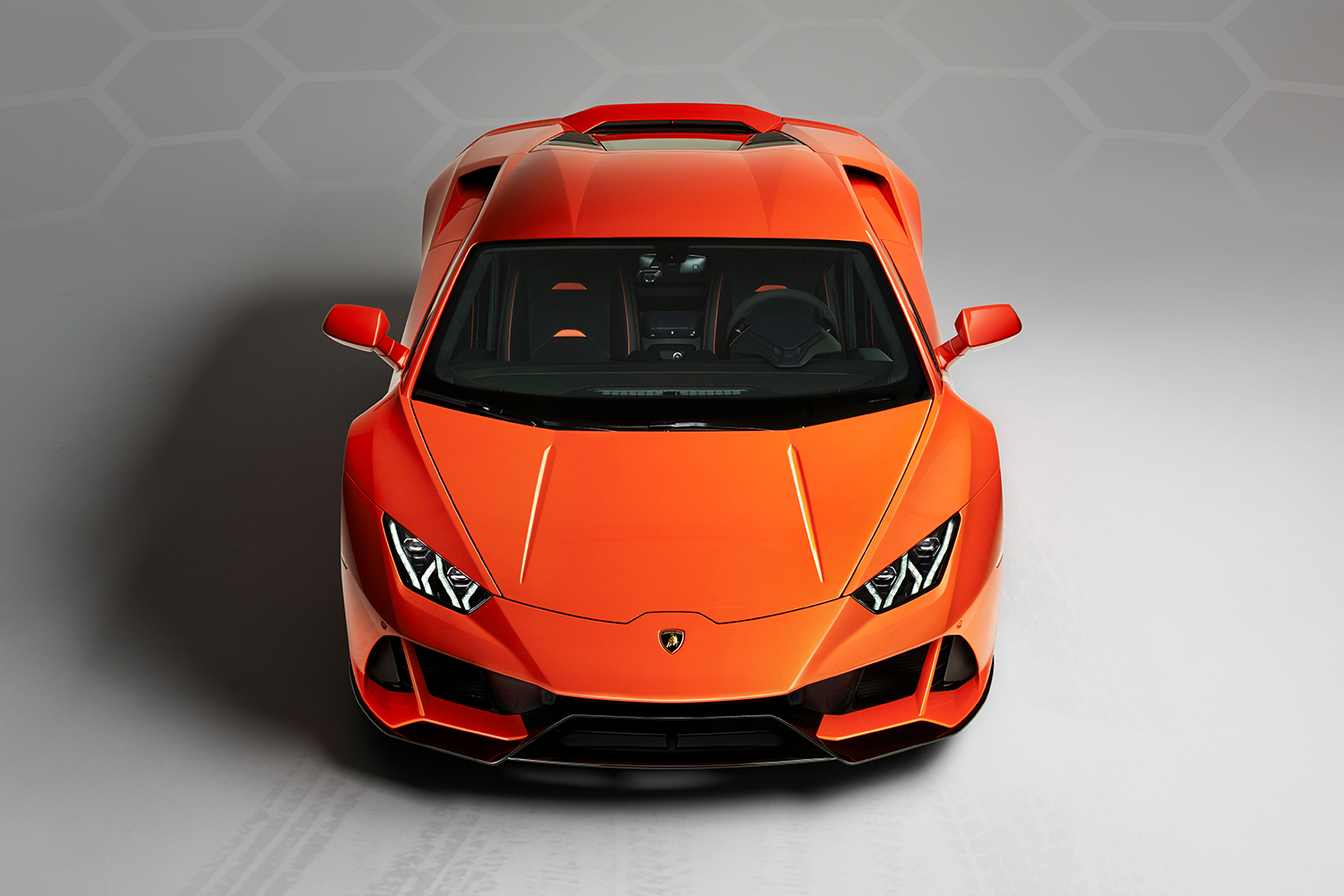As long as there have been video games, there have been video games about cars. Among the titles for the Magnavox Odyssey from 1972, considered the first at-home gaming console, was Wipeout, where players “drive” a speck of light around a racetrack. As the graphics and stories and gameplay have progressed, the desire to put pixelated pedal to the metal has always been there, in games as varied as Gran Turismo, Mario Kart and Grand Theft Auto.
This symbiosis has had a huge effect on gamers. Today, not only do automakers want their latest and greatest cars to star in games (hoping to gain positive associations if not direct sales), they routinely build specific models for the digital realm and have even sold special game-edition vehicles, like Jeep’s Call of Duty Wranglers. But if you’re a car owner and don’t consider yourself a gamer, you may not even know any of this is going on. And according to Pew, that’s a huge chunk of America, especially older adults.
That’s all about to change, as the video game industry is setting its sights on your car. More Americans are gaming thanks to smartphones, video games are becoming a more respected hobby thanks to esports, and the technology is becoming so advanced that the companies building them are seeing demand outside of the niche of consoles and computers. The automotive industry is one sector that’s already come a-knocking.
You may have heard of Elon Musk’s insistence on allowing Tesla owners to play video games in their cars; the latest claim was that the newly redesigned Model S would host Cyberpunk 2077. But honestly, isn’t that a little been there, done that? I mean, LeBron James was playing video games in his Hummer two decades ago. The development you should be paying attention to is that major automakers are tapping the creators behind games like Cyberpunk to help design their most important vehicles, like the new 2022 Hummer EV.
In the electrified Hummer, the center console is dominated by a 13.4-inch touchscreen. These increasingly massive displays are par for the course these days, but the power behind this one is brand new: the Hummer EV is the first production vehicle whose human-machine interface is powered by Unreal Engine — software developed by Epic Games, most famous for its viral sensation Fortnite. In essence, the tech that inspired elementary school kids to do dumb dances until their parents blew a gasket is the same tech that will be integrated into a six-figure off-roader GMC wants to sell to those same parents.
“The Hummer EV comes alive when you interact with it,” said Scott Martin, Hummer EV creative director of UX, in a press release when the vehicle was unveiled. “It involves and rewards you, enhancing the experience by making you a bigger part of it.”
To see what Martin means, just look to the six-minute premiere video GMC released in October. There are a number of shots of the infotainment screen and driver information display that use Unreal Engine. Epic’s video-game aesthetic is most prominent when showing off the vehicle’s different driving modes, which include Normal, Tow/Haul, Off-Road, Terrain and the custom “My” Mode. When the driver cycles through these options, the virtual Hummer shown on the display bursts through force fields and changes terrain, closing the space between real-world driving and the futuristic vehicles that live in games like Halo and F-Zero. (See what I mean at 3:10 in the video above.)
In the upcoming Cadillac Lyriq, another all-electric vehicle, the driver and center console displays are not separated as in the Hummer EV. Instead, the SUV features a colossal 33-inch screen that takes up three-quarters of the dash. To make sure their user interface was worth that kind of real estate, they hired Territory Studio, a creative agency that has built countless interface designs, though not normally for cars; their work can be seen in video games like Forza Motorsport, Need for Speed and even Cyberpunk 2077, the game Elon Musk wanted people to play in his cars.
When the partnership was announced at CES this year, Marti Romances, co-founder and creative director at Territory Studio, had this to say in the press release: “We are excited to be working with the visionary team at GM as technology and innovation bring disruptive changes to the automobile industry.”

Sure, that’s a pretty bland PR statement. But if you can get past that, it truly is hard to appreciate how fast technology and innovation are disrupting the industry, a pace unrivaled in our lifetimes. What we’re witnessing is a rapid shift in how automakers design, develop and build cars, and how we ultimately use them — something akin to the introduction of the Model T, but a century later. And while this shiny new video-game wing currently being tacked onto the auto industry seems strange, it’s nothing but an extension of all the other technological advances you’ve become more accustomed to.
The focus used to be on increasing things like torque, horsepower, speed and aerodynamics. Now, as electrification, autonomous driving and connectivity become the most important areas of innovation, the old guard of automotive pioneers are on their way out and a new era of disruptors are just getting started. There’s a reason tech companies like Apple and Amazon are becoming more essential to the car world every day: the next vehicle you buy will act more like your smartphone and computer than the one currently sitting in your driveway. And it’ll likely act more like a PlayStation, too.
This article was featured in the InsideHook newsletter. Sign up now.
























